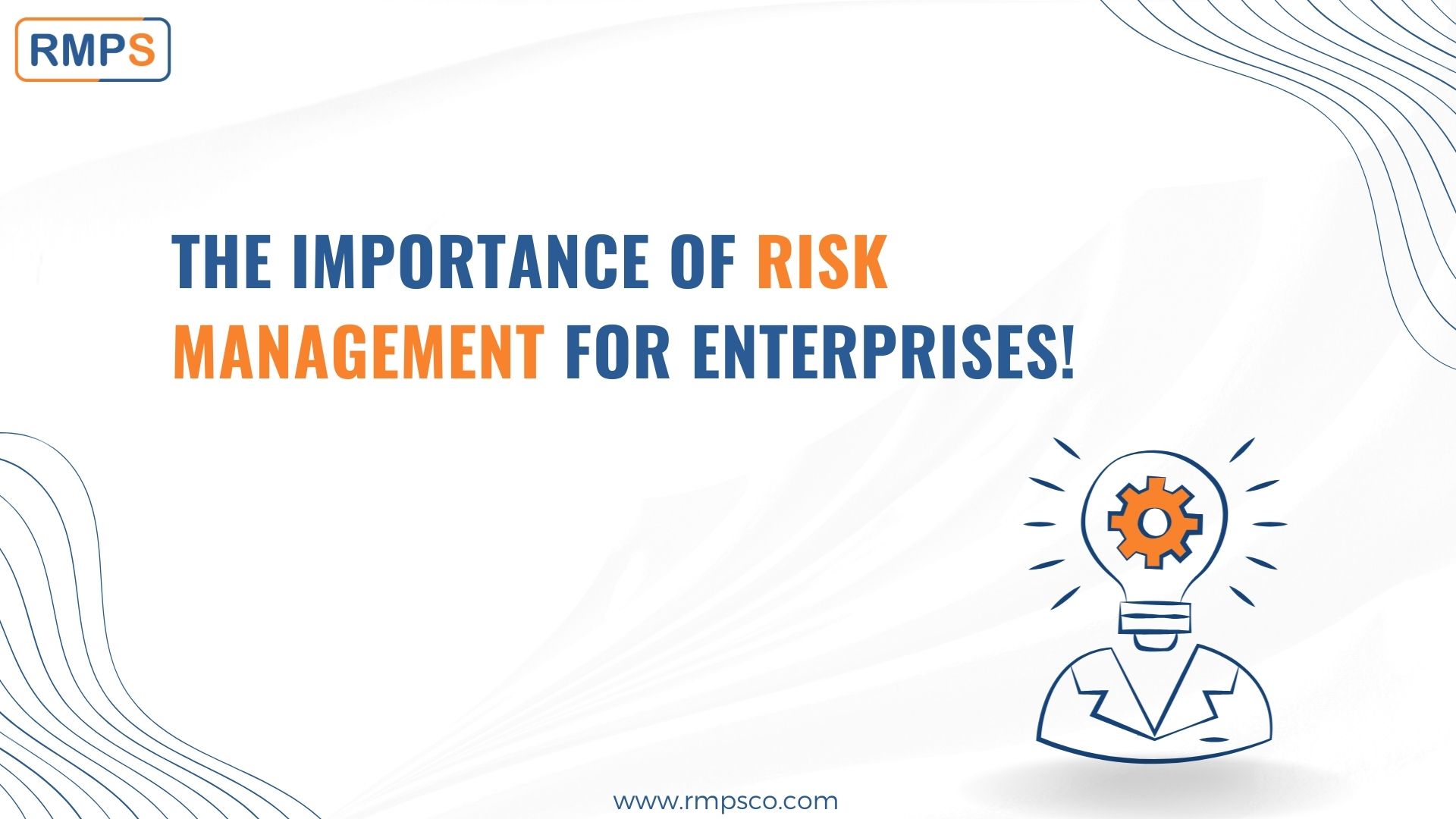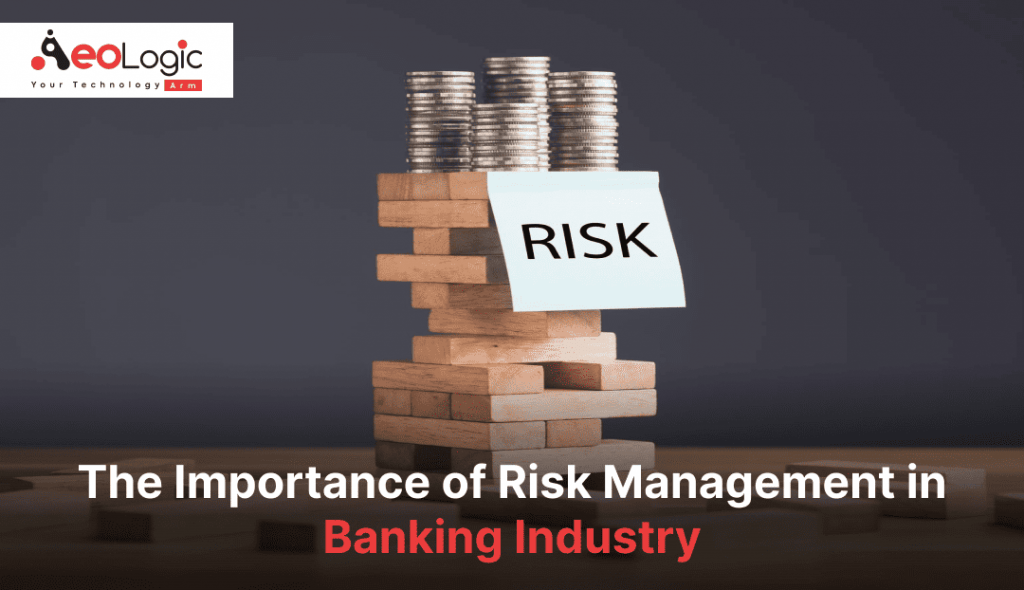How the Importance of Risk Management Facilitates Successful Project Outcomes
How the Importance of Risk Management Facilitates Successful Project Outcomes
Blog Article
Discovering the Significance of Risk Management for Effective Decision-Making Techniques
In the intricate world of service, Risk Management arises as a vital element in the decision-making process. The ability to recognize potential hazards and opportunities, and strategize as necessary, can spell the difference between success and failure. With devices such as SWOT and PESTEL, companies are geared up to make informed selections, promoting resilience and adaptability in an ever-changing setting. Wondering exactly how this works? Allow's unbox the dynamics better.
Comprehending the Concept of Risk Management
Risk Management, an important part in decision-making, is typically misconstrued or oversimplified. Usually, it refers to the identification, analysis, and prioritization of dangers to decrease, keep track of, and regulate the possibility or effect of regrettable occasions. It's not just about stopping adverse outcomes, yet additionally regarding recognizing potential possibilities. Risk Management includes disciplined and structured techniques, utilizing information and insightful assessments. It needs a thorough understanding of the company's context, purposes, and the potential threats that might combat them. From monetary unpredictabilities, lawful responsibilities, critical Management errors, to mishaps and natural disasters, it deals with different threats. Importantly, reliable Risk Management is not stationary; it's a continuous, forward-looking process that progresses with transforming scenarios.
The Duty of Risk Management in Decision-Making Processes
In the world of critical preparation and organization procedures, Risk Management plays an integral role in decision-making processes. It assists in recognizing potential dangers and uncertainties that can influence the accomplishment of organization purposes. By tracing these risks, firms can formulate techniques to alleviate their influence, guaranteeing service continuity and stability. Risk Management hence comes to be a crucial tool in decision-making, aiding leaders to make informed options based upon a detailed understanding of the dangers included. It motivates a positive approach, making it possible for companies to prepare and expect for feasible future situations. This significantly minimizes the likelihood of unfavorable repercussions, advertising a lot more reliable and reliable decision-making approaches. For that reason, Risk Management serves as an essential part in the decision-making processes of any company.

Exactly How Risk Management Enhances Strategic Preparation
In the context of tactical preparation, Risk Management plays a critical role. Launching with the identification of prospective dangers, it further prolongs to the application of Risk reduction steps. The function of Risk Management is not fixed yet dynamic, as it demands constant tracking and adjusting of approaches.
Identifying Prospective Risks

Applying Risk Reduction
Risk reduction methods can range from Risk evasion, Risk transfer, to risk decrease. Each technique ought to be customized to the specific Risk, considering its possible influence and other the organization's Risk resistance. Efficient Risk mitigation calls for a deep understanding of the Risk landscape and the potential effect of each Risk.
Monitoring and Changing Techniques
Though Risk mitigation is a crucial step in strategic preparation, continual tracking and adjustment of these techniques is just as vital. It likewise gives a possibility to evaluate the success of the Risk Management steps, allowing adjustments to be made where required, more improving calculated planning. Surveillance and adjusting Risk Management strategies is an important element for improving an organization's durability and calculated planning.
Case Studies: Successful Risk Management and Decision-Making
In the globe of service and money, effective Risk Management and decision-making often serve as the columns of prosperous ventures. These situations highlight the value of sharp Risk Management in decision-making procedures. These instances highlight the important duty of Risk Management in critical decision-making.
Devices and Strategies for Reliable Risk Management
Navigating the intricate puzzle of Risk Management calls for the ideal collection of methods and devices. These devices, such as Risk signs up and heat maps, help in determining and assessing prospective dangers. Techniques consist of both quantitative techniques, like sensitivity analysis, and qualitative techniques, such as SWOT analysis. These help in focusing on dangers based on their potential influence and probability. Risk reaction approaches, a vital element of Risk Management, involve approving, avoiding, transferring, or mitigating risks. Monitoring and managing threats, with normal audits and evaluations, make certain that the methods remain effective. With these devices and techniques, decision-makers can navigate the complex landscape of Risk Management, therefore helping with informed and efficient decision-making.
Future Trends in Risk Management and Decision-Making Techniques
As we check out the huge landscape of Risk Management, it becomes apparent that the strategies and devices used today will proceed to progress. The principle of Risk culture, where every member of a company is conscious and included in Risk Management, will acquire extra prominence. These patterns declare an even more comprehensive and positive approach towards Risk Management and decision-making.
Conclusion

Risk Management thus becomes an essential device in decision-making, aiding leaders to make informed selections based on a detailed understanding of the dangers included. Risk reduction strategies can range from Risk avoidance, Risk transfer, to run the risk of reduction (importance of risk management). Efficient Risk mitigation requires a Recommended Site deep understanding of the Risk landscape and the possible influence of each Risk. Risk feedback methods, an essential component of Risk Management, entail accepting, avoiding, moving, or mitigating dangers. The principle of Risk society, where every participant of an organization is conscious and entailed in Risk Management, will certainly obtain much more prominence
Report this page